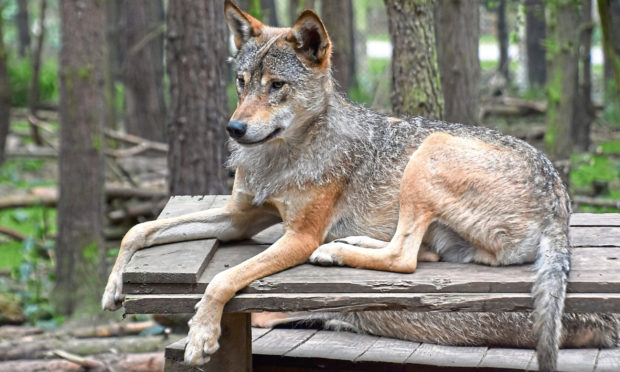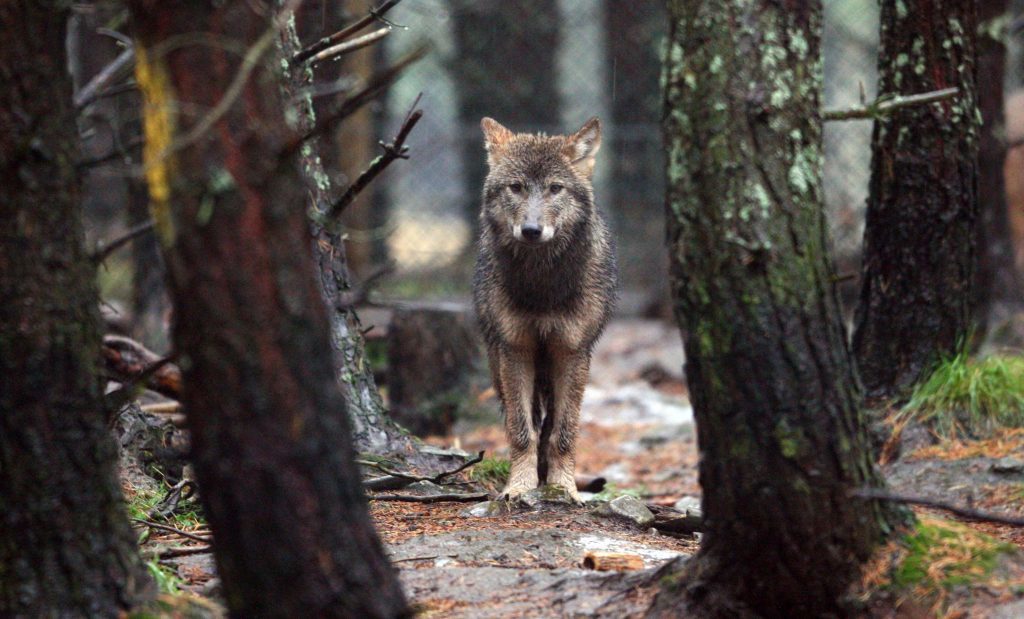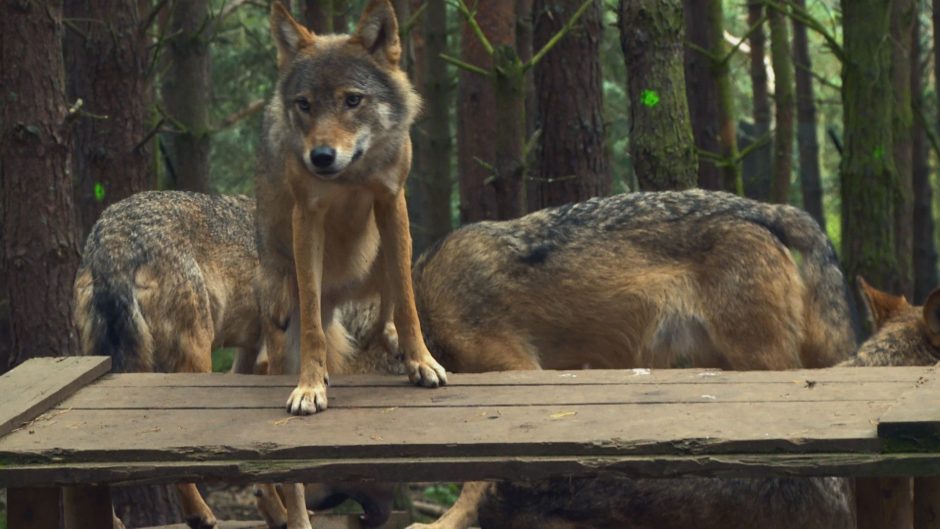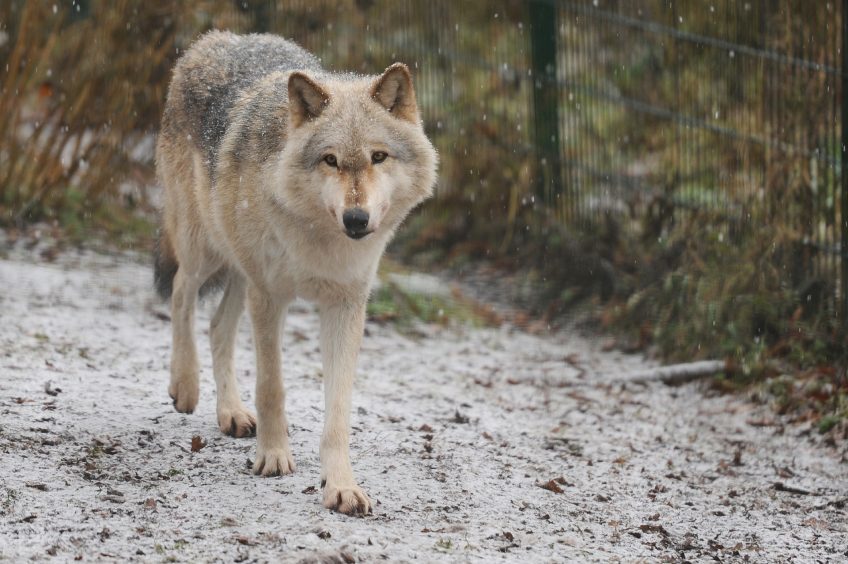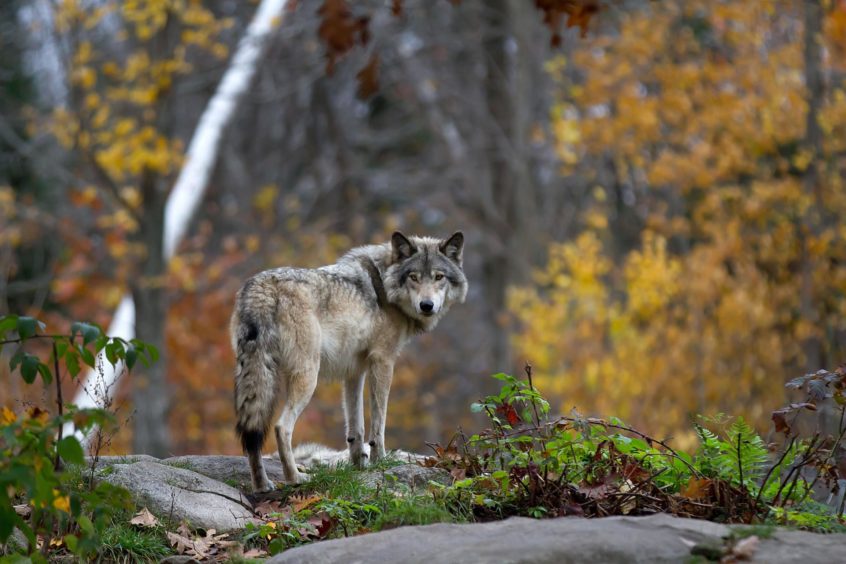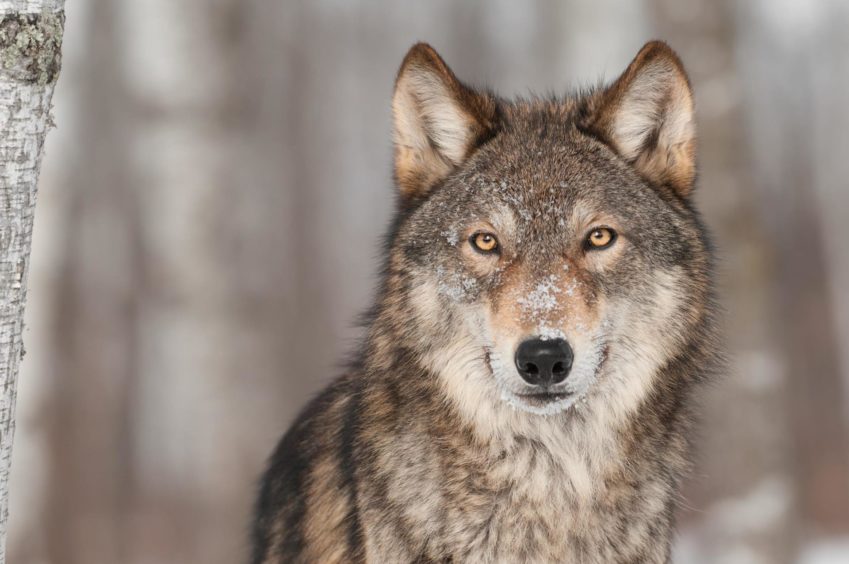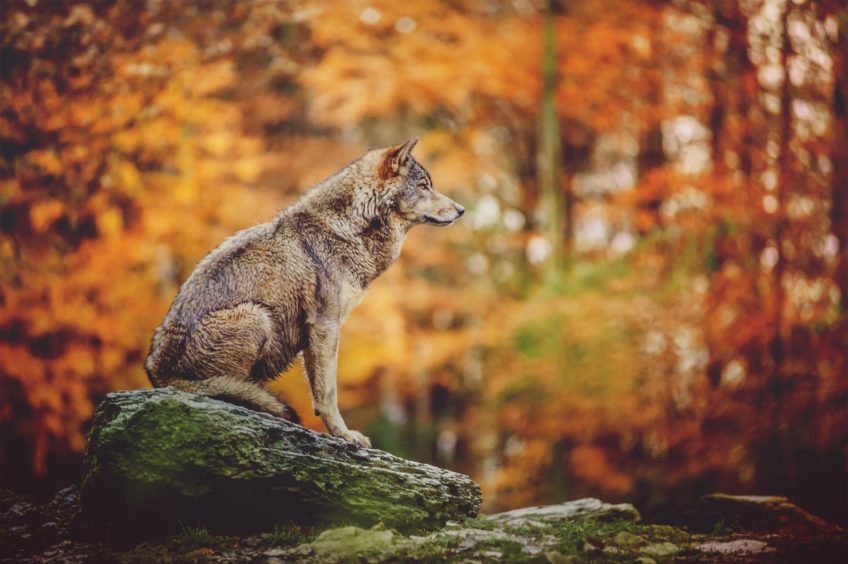A female wolf cub died at the age of seven weeks in the Yukon Territory where Canada borders Alaska.
In places like that where there are many wolves in a vast landscape, such deaths must happen often and go unrecorded.
This one was different. It died when its den collapsed on top of it and it was instantly entombed in permafrost.
It has just been found, 57,000 years after the event.
Scientists at the University of Alaska in Fairbanks are understandably excited.
In places where people still share the landscape with wolves, the relationship insinuates in ways that we in our wolf-starved country have trouble understanding.
Analysis of the cub’s bones, hair and tooth enamel have already revealed not just her age at death and the extraordinary span of her life-after-death, but also her condition (very good, she had not starved), diet (a surprising amount of food from the river including salmon), and her ancestry (a species that roamed through Russia, Siberia and Alaska when a land bridge allowed intercontinental migration).
Now that she has been cleaned and conserved she is on display at the Yukon Beringia interpretive Centre in Whitehorse, just over the Canadian border from Alaska.
The discovery affected me directly and in more ways than one.
Firstly, I have a particular affiliation for wolves and I have written about them at length, including the 2010 book, The Last Wolf which re-wrote the history of wolves in Scotland and made the case for their re-introduction.
Secondly, I have interviewed people whose life is working with wolves in North America, Norway and Devon (the Devon wolves are captive!), and word of wolves in North America and western Europe still reaches me.
Thirdly, I have been to the Yukon, to Whitehorse and to the University of Alaska in Fairbanks, all in pursuit of wolves, thanks to a BBC Radio 4 assignment in 1998. How close might I have been to that entombed wolf?
The journey to Whitehorse from Alaska (an unforgettable train journey, especially considering my general distaste for train travel) was to meet someone with a small plane who was to fly me and the programme’s producer to meet a professional wolf howler, who took parties of visitors to the territory of a pack and summoned them, or at least their voices, by howling.
Seriously. The meeting didn’t happen because his cabin was threatened by wildfire, so we flew over the fire instead.
The pilot was from Fife, we talked wolves and wildfires and St Monans a few thousand feet above the Yukon. He knew The Courier, of course.
On the second last day of my three weeks in Alaska, I met Sherry Simpson, journalist and journalism lecturer at the university in Fairbanks.
She had a strong, campaigning environmental conscience and as journalist and lecturer she practised what she preached.
She had just been on a newspaper assignment, a seminar about trapping wolves.
At the end of it, the trappers offered this friend of wolves the skin of a newly-killed wolf. Tricky, huh?
I had been shown her newspaper account and thought she would be worth interviewing.
We talked about landscape, about living in Alaska, about coming to terms with true wilderness, about wolves.
Finally, I asked what she had done with her wolfskin.
Up to this point she had spoken fluently, confidently, with certainty, but suddenly she was uncertain and hesitant.
When she did answer she spoke more slowly than before. She said:“I have it on a rocking chair in my house. I like to touch it and think about it.”
I asked what it made her think. Again the pause.
“It makes me think…I wish I could see more wolves in the wild.
It’s such an incredibly difficult thing to do.
It makes me question my values about things. I’m willing to eat things I didn’t kill. I’m willing to wear fur I didn’t trap myself, so it makes me wonder where I do stand on a lot of these issues.
It’s a great reminder of how there aren’t really borders here but membranes, and you can cross back and forward between them all the time.
That’s what wilderness is here. I can live in a city and yet I can somehow cross through that membrane and be in wilderness just like that, and that’s important to me.”
The idea of a wolfskin on a rocking chair stayed with me, became a kind of shorthand for Alaska in my mind, passing it on the way to the coffee pot and absently dragging a hand across the back of the chair and being startled with the sudden electricity of all that happened to put that wolfskin there, a placid domestic room made tumultuous by a wilderness souvenir.
Scotland’s wilderness won’t heal until we put the wolf back.
Wherever it thrives in the world, its presence is all-pervasive whether you ever see it or not, whether it’s a pack running through the Yukon snow, a skin on a rocking chair, or a seven-week-old cub that becomes an extraordinary museum piece when it turns up dead after 57,000 years.
